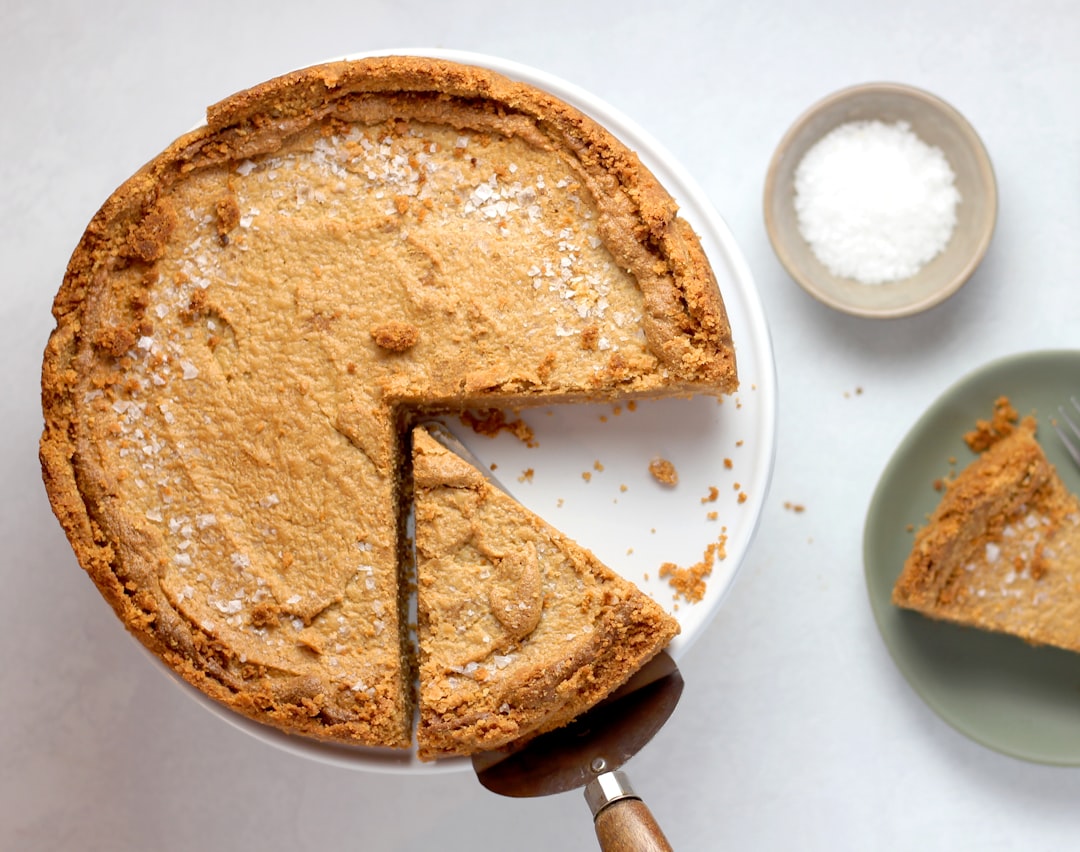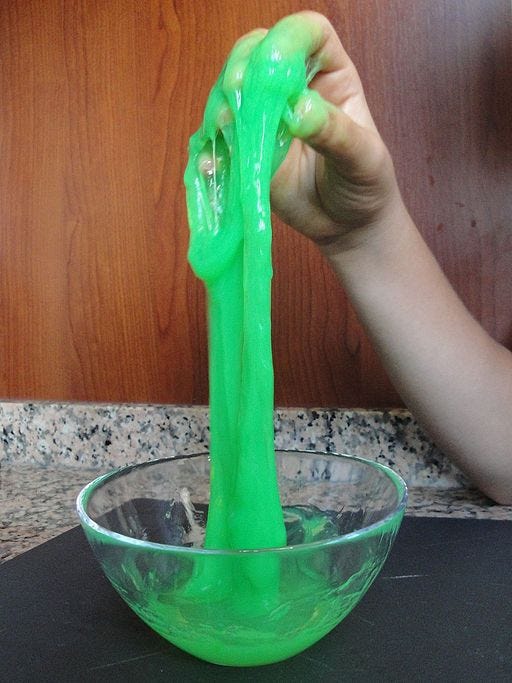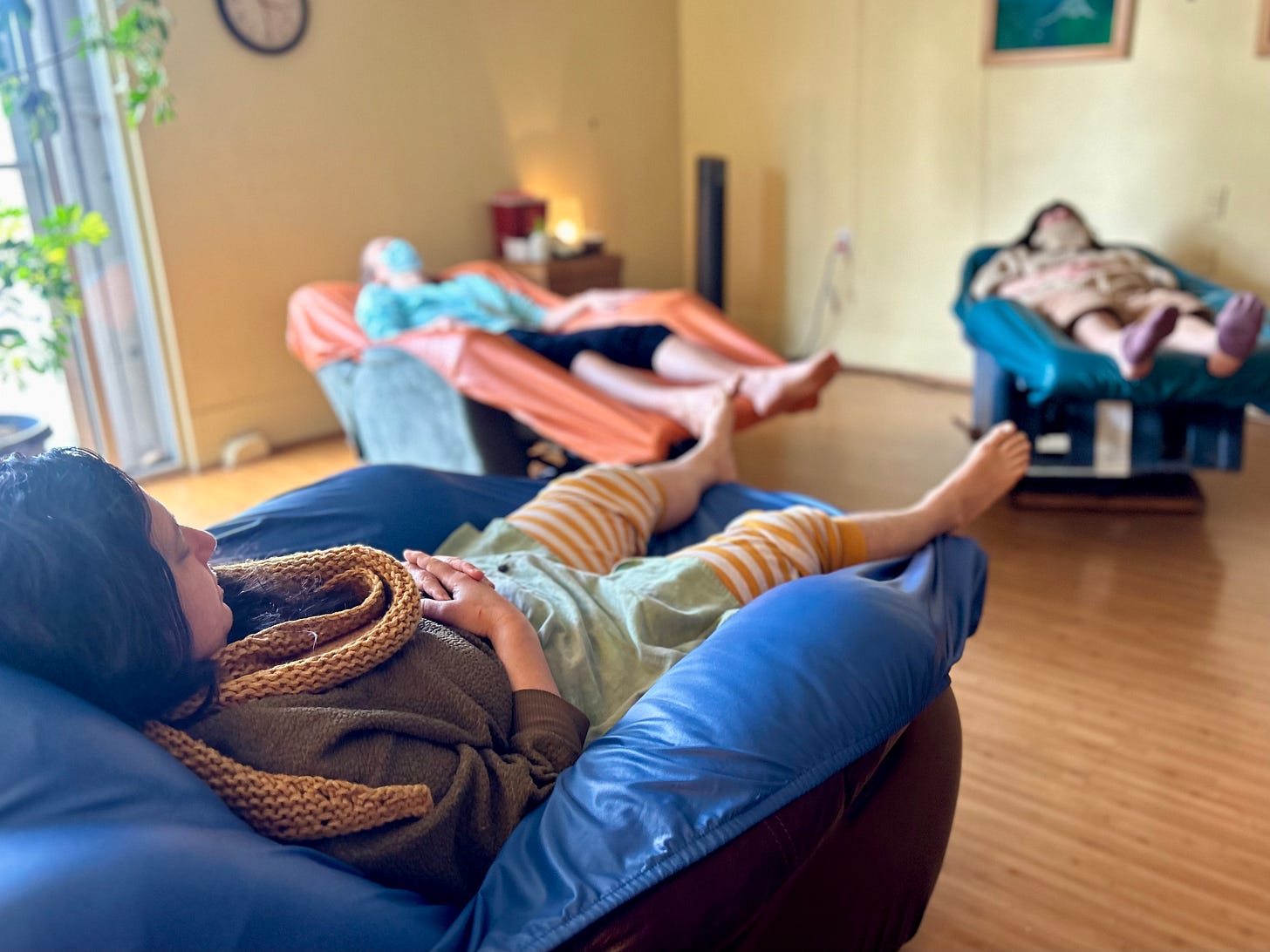Love Is Not a Pie (Neither Is Acupuncture)

One of the good things that happened for WCA this year is that we got a new website.1 This allows us to do something we’ve been wanting to do for awhile, which is to make some of our ebooks more readily available. And we’ve got a new one, it’s called The Art of Community Acupuncture2, please check it out! (Especially if you’re a POCA Tech student or prospective).
Because it’s summer and I was kind-of sort-of on vacation last week, I was thinking I might just post an excerpt from the new ebook. But then I looked at the excerpt and realized actually, there’s a lot here, including an opportunity to talk more about WCA’s coaching process with Camille Trummer. I wish more community acupuncturists had the chance to work with a social impact consultant! (Well, this particular social impact consultant.) Since that’s probably not going to happen, I want to share whatever gems I can.
Speaking of sharing, the title of this post comes from a short story by Amy Bloom, Love Is Not a Pie. The story came out in 1990, and it begins at a funeral. I was reading a lot of stories about grief and funerals at that time in my life (that’s a different post) — anyway, love is not a pie stayed with me as a true statement.
Recently I heard about an argument between community acupuncturists and conventional acupuncturists in which the conventional acupuncturists said,
“Community acupuncture isn’t REAL acupuncture.” 3
They were especially upset about something I wrote: “Acupuncture is a concentrated, minimalist, elegant way of helping people.” They thought that “minimalist” was insulting. Acupuncture isn’t minimalist, they fumed — it’s comprehensive!
There are a lot of strands tangled together in this argument, but I think the most important one might be the uncertainty about how acupuncture works in the body. Because we know so little about that, many acupuncturists retreat from the uncertainty by surrounding acupuncture with other therapies which can feel more familiar and solid (and marketable!), like massage, nutrition, herbal medicine and even physical therapy exercises. Some acupuncturists like to say, “Acupuncture is part of a complete system of medicine”.
Okay. That isn’t necessarily historically true4 but if you want to frame it like that, cool.
My friend Tyler Phan, who’s an anthropologist and an acupuncturist, says acupuncture is a blob --

a sticky blob, like the kids’ toy Slime. Acupuncture adheres to things and is itself adhered to; it’s shapeless and malleable and you can play around with it in all kinds of ways, including molding it to fit “a complete system of medicine” if you like. The quibble I have is when acupuncturists say those words like a commandment, like acupuncture SHALL be part of a complete system of medicine (their complete system of medicine, which includes anything they feel like adding to it, from aromatherapy to food sensitivity testing to whatever) — so thou SHALT NOT take it out and use it all by itself, the way WCA does.
Why not?
I think it’s useful to imagine different forms of acupuncture on a spectrum.
On one end, acupuncture can look more like bodywork or physical therapy, whether that’s Zen Shiatsu or Tui Na (a vigorous form of Chinese massage) or trigger point stimulation. Patients take off their clothes, practitioners think about where muscles attach, maybe auxiliary therapies like moxa or cupping come into play. And on the other end of the spectrum, acupuncture looks more like nervous system alignment.5 Acupuncturists can do nervous system alignment work without asking anybody to take their clothes off or lie down on a massage table. This is where community acupuncture shines with its inclusion, its accessibility, and its social safety.
And in the middle of the spectrum (or maybe it’s a Venn diagram?) is the overlap: If you’re putting acupuncture needles into acupuncture points, it’s likely you’re also regulating digestion, circulation, energy and sleep. Everybody’s doing that, you can’t help doing that, it happens regardless -- and sure, you can use it to argue that acupuncture is medicine. But it still doesn’t mean there’s a reason to forbid the part of the spectrum/Venn diagram that looks less like a medical office and more like a bunch of people taking a nap.
Community acupuncture is not going to satisfy somebody who wants acupuncture that’s like Tui Na, or maybe wants Tui Na with their acupuncture. That’s fine -- people want different things and acupuncture is flexible! For someone dealing with a chronic condition, whether that’s high blood pressure, irritable bowel syndrome, insomnia, complex PTSD or some form of chronic pain, being able to access a lot of gentle, low-cost, low-barrier treatments over a long period of time, without ever having to take their clothes off, might be more helpful. They should at least have the option to try it.
There’s no value in arguing over what REAL acupuncture is, because it’s ALL real.
Accepting that different forms of acupuncture can and do work well for different people in different ways, though, requires accepting acupuncture’s fluid nature.
Acupuncture isn’t diminished by people using it in lots of different ways. Acupuncture is not a pie!
You can do things with the privatized version of acupuncture that you can’t do with community acupuncture —and vice versa. The thing about acupuncture “as a complete system of medicine” is that (of course) it’s valid but it’s also not particularly easy to share. Low-barrier acupuncture, that’s about nervous system alignment and social safety, is also valid AND easy to share. Why wouldn’t we value something because it’s shareable? And since acupuncture is malleable, why not mold it to fit the needs of the community?
Acupuncturists in the US have been squabbling for decades about what’s real acupuncture and what isn’t; when I was an acupuncture student in the 1990s, the quarrel was between Traditional Chinese Medicine and Five Element practitioners. I didn’t know back then that I could refuse to pick a side on the grounds that blobs don’t have sides.
WCA engaged Camille Trummer for coaching because we know we’ve got something that lots of people could benefit from and we need to find new ways to share it. A major aspect of our process with her was how she untangled our problems. Some things about our business had gotten tangled up for us (not unlike the argument about what constitutes real acupuncture) and Camille spent a bunch of time patiently undoing the knots.
WCA gives away a lot of acupuncture; we always have. (I’m not sorry about that; it’s hard not to give it away once you’ve experienced the life-or-death aspect.) And the thing about the nervous-system alignment version of acupuncture is that the good stuff that arises is naturally abundant and self-renewing. The more of it we give away, the more we have. If you’ve gotten a treatment in a clinic full of sleeping people, you know what I mean; the room is filled up with an energy that doesn’t care what you paid -- or didn’t pay -- to be there. It’s not a pie! And that’s not a problem, that’s abundance.
How we keep the lights on in the clinics, though, and generally pay our bills CAN be a problem -- but it’s a separate problem. Trying to turn acupuncture into a pie won’t solve it for us. Camille said to us, “Your model of care doesn’t need to change. It shouldn’t change. There’s a narrative that organizations always lose what’s good about them when they grow but that doesn’t have to be true.” WCA needs to cultivate more organizational partnerships so that we can share acupuncture freely AND keep the lights on. We just need to find partners who value the shareable version of acupuncture as much as we do.
In the story Love Is Not a Pie, the character who’s responsible for creating an unconventional, definitely-not-a-pie version of family tells her daughter, “People think it can’t be that way, but it can. You just have to find the right people.” We came out of our coaching process with Camille with the confidence that those people are out there — and we can find them. We’ll keep you posted.
Thanks to Troy Sostillio and Cee Webster for the website!
Thanks to Gail Roudebush for wrestling my drafts into ebook form.
Thank you to my sources, you know who you are.
In 1822, authorities in China “condemned and banned further application of acupuncture” while leaving Tui Na, Chinese herbalism, and dietary therapy alone. They intentionally cut acupuncture OUT of the complete system of medicine. Paul Unschuld, What Is Medicine? Western and Eastern Approaches to Healing (Berkeley and Los Angeles: University of California Press, 2009) pg 148
Thanks to Lilah Wallach for this thoughtful observation.



